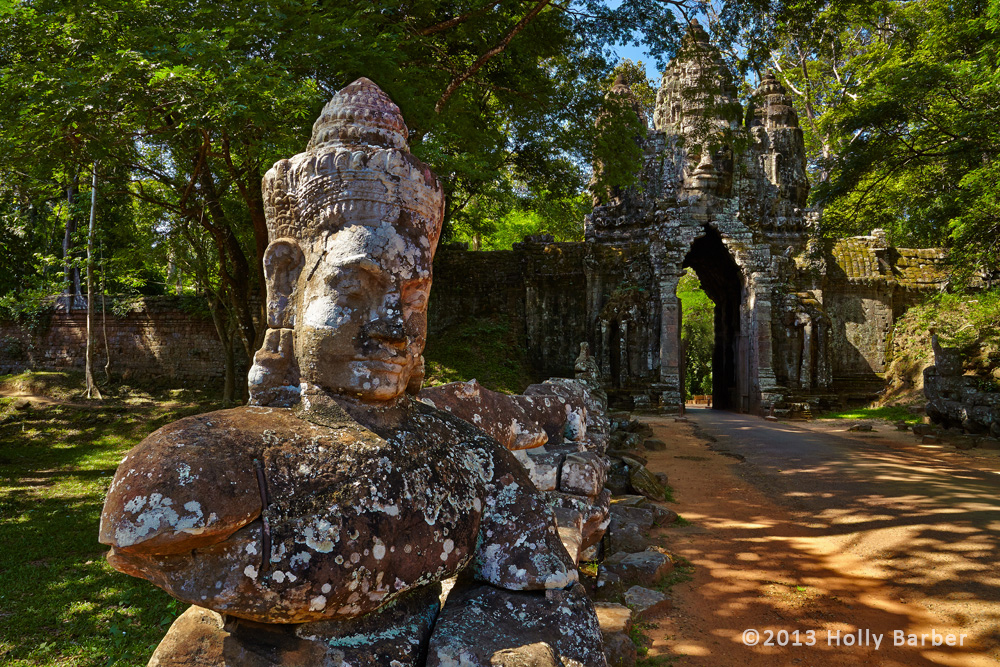Want to take your photography skills up a notch? Here Holly explains the basic principals to help get you out of auto mode …
There are many advantages to using a Single Lens Reflex (SLR) camera over the basic point-and-shoot variety; the versatility of being able to change the lens, shooting in RAW format and a larger sensor are among the benefits of using an SLR. One of the most fundamental advantages of investing in a camera with real lenses is having control over shutter speed and aperture settings which control each picture’s exposure to light.
The word ‘Photograph’ literally means ‘writing with light’. Light enters the camera through the lens and lands on a photo sensitive surface (traditionally film but these days more commonly a digital camera’s sensor) thus creating an image. There is a very specific amount of light that is required to create a properly exposed photo; too much and the picture is too bright or ‘over-exposed’, not enough and it’s too dark or ‘under-exposed’. A user can control just how much light enters the camera to create different photographic effects.
There are two ways to control the amount of light entering the camera: the shutter speed and the aperture size.
The camera’s shutter is the device that opens and closes over a measured period of time to allow light to enter the camera through a hole in the lens, known as the aperture.
Fast shutter speeds mean that less light that is let into the camera, while leaving the shutters open for longer periods allows more light to be absorbed. By manipulating the relationship between the shutter speed and aperture settings one can create interesting photographic effects, while still controlling the amount of light entering the camera to ensure correct exposure.
Getting creative with aperture at a set shutter speed
Aperture values are commonly referred to as the f-stops. Confusingly the aperture value increases as the actual hole gets smaller; for example an aperture of f/2.8 is very wide, while f/22 is tiny. The aperture value selected has a profound effect on the depth of field of an image, or the distance in front of and behind the photos focal point that appears sharp. One way to practice using this feature is to use your camera’s Aperture Priority setting — Av or A on your mode dial.
A shallow depth of field is generated by using a wide aperture (small f-stop number) and this creates the very pleasing effect of separating a pin-sharp subject from a beautifully blurred background – think of a portrait with a sharp face and an out-of-focus background. The larger the aperture (the smaller the f-stop number) the more blurred the background. With your camera set to Aperture Priority and a large aperture (small f-stop number) dialed in, your camera will automatically pick the appropriate (probably fast) shutter speed needed to guarantee a correct exposure in the given lighting conditions.
Now while a shallow depth of field works very well for certain subjects (portraits or wildlife shots especially) there are many situations when a wider depth of field is required; where the photographer desires objects both very near to and very far from the lens to be sharp.
The exact aperture required to do this depends on something called the ‘Hyperfocal Distance’. This is the point of focus that allows for maximum depth of field.
In the image of Angkor Thom North Gate above the statue’s head was only around 2 feet from the camera, so a very a small aperture (large f-stop number) was needed to keep both the head and the gate in the background in pin sharp focus.
So how exactly does one determine the actual aperture value needed? Well, charts for this type of thing exist, but who wants to carry those around and look like a super geek? My advice would be – just guess! The luxury of this digital age is that photographers are able to instantly review and check pictures, so the best option is probably trial and error, at least until you develop a feel for aperture settings.
Every lens has an aperture sweet spot, the f-stop at which the least diffraction occurs (an unwanted effect which makes images appear soft). This varies from lens to lens but is generally between f/8 and f/11 so ideally you need to use an aperture as close to this midrange point as possible while still achieving the desired effect.
Sound complicated? Well photography is mostly about artistic creativity, so set your camera to Aperture Priority and get out there and experiment!



